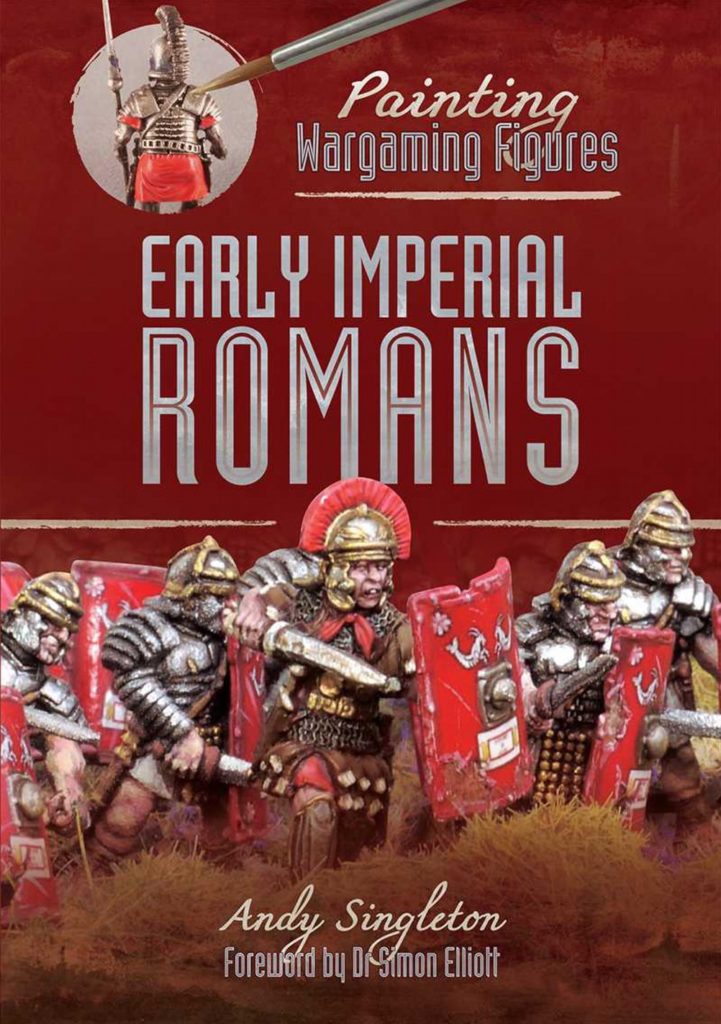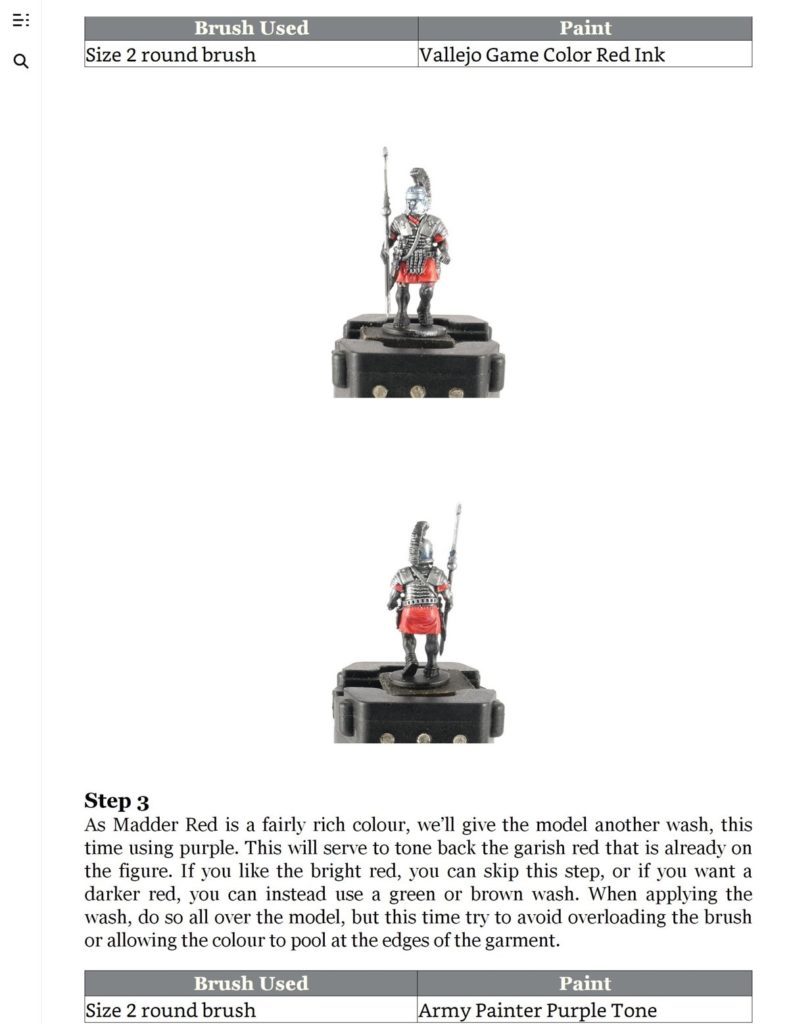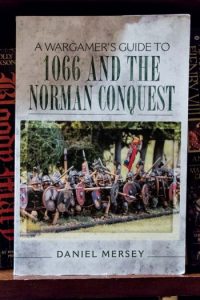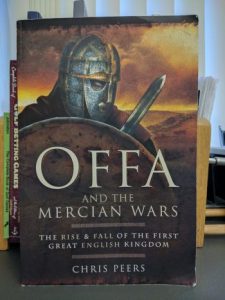One-hour Wargames: Practical Tabletop Battles for those with limited time and space
I recently received a review copy of Neil Thomas’ One Hour Wargames, a book designed to help wargamers overcome the twin problems of having neither the time nor the space to play miniature wargames on a regular basis.
The first half of the book consists of introductions to wargaming periods and rules designed to ensure a game that is playable in about an hour. The periods: Ancients, Dark Age, Medieval, Pike and Shot, Horse and Musket (1700 – 1860), Rifle and Sabre (1860 – 1900), American Civil War, Machine Age and Second World War.
The second half consists of thirty generic scenarios designed to be played on a 3×3 table. The scenarios are in my mind, the real value of the book. They offer a variety of situations in a generic blue army – red army format, with orders of battle specified by “unit.” A battle, might, for example consist of four red units and six blue. You can use these ratios to adjust to whatever forces, basing and rules you are using. Reinforcement schedules, game length and victory conditions also are suggested. Finally, each scenario comes with a brief note on the historical inspiration for the scenario.
The rules are very simple, consisting of just two to three pages presented in an outline format. They’e a bit too simple looking for my tastes — I prefer something with much more “chrome” — but I am certain that they will achieve the objective of finishing a game about an hour.
Overall, I thought the $16 price (on Amazon) would be a good value for the scenarios.









